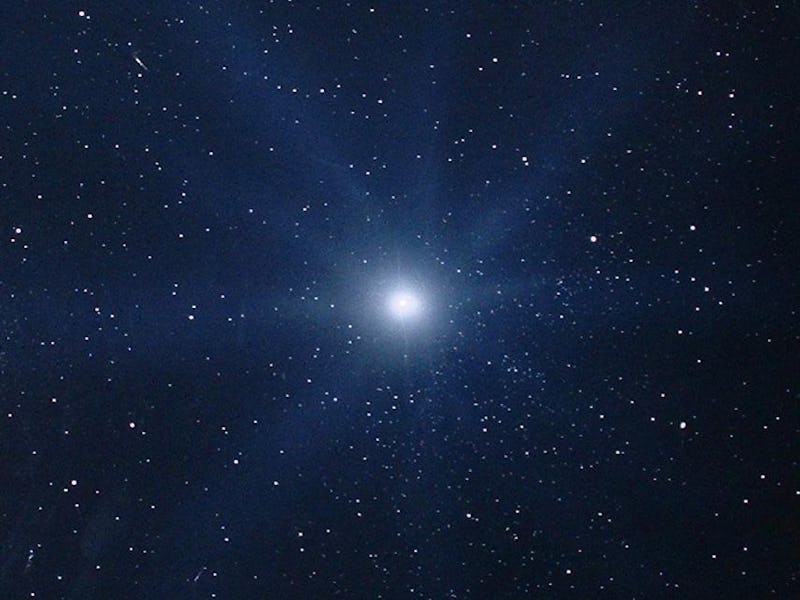These celestial objects may be responsible for life in the universe
We really are all made of star stuff.

All of the elements that make up everything we know originally forged in the stars billions of years ago, and scientists may have narrowed down exactly which stars gave rise to our own existence.
In a study published in July in the journal Nature Astronomy, a team of scientists suggested white dwarf stars may be the main source of carbon atoms in the Milky Way. Carbon is known to be crucial to all life as we know it.
When stars like our own Sun, a yellow dwarf star, run out of fuel, they turn into a white dwarf. In fact, 90 percent of all stars in the universe end up as white dwarf stars, scientists believe.
INVERSE IS COUNTING DOWN THE 20 MOST UNIVERSE-ALTERING MOMENTS OF 2020. THIS IS NUMBER 1. SEE THE FULL LIST HERE.
White dwarfs are hot, dense stellar remains with temperatures that reach 100,000 Kelvin, or 179,540 degrees Fahrenheit. Over billions of years, these stars cool and eventually dim as they shed their outer material. Right before they collapse, these remains are transported through space, blown by winds originating from their bodies.
These stellar ashes contain chemical elements, including carbon.
Located in the Milky Way's globular cluster M4, these small, burned-out stars — called white dwarfs — are about 12 to 13 billion years old.
Carbon is the fourth most abundant chemical in the universe and is the basic building block to most cells. For years, astronomers couldn’t agree on which star was responsible for creating the most amount of carbon in the universe.
How they did it — The scientists behind the September study used observations of white dwarfs in open star clusters, groups of a few thousand stars formed around the same time, in the Milky Way by the W. M. Keck Observatory in Hawaii in 2018.
They measured the stars' initial-final mass relation, which is the relationship between the stars' masses when they first formed and their masses as white dwarfs.
Usually, the larger the star was, the more massive a white dwarf will be. But the study found the stars' masses as white dwarfs were larger than the scientists had anticipated considering their initial mass when they first formed.
The new findings suggest carbon was essentially trapped in the raw material that formed the Solar System 4.6 billion years ago, giving scientists a better understanding of the origin of our Sun and the planets surrounding it. And, in turn, where we came from.
INVERSE IS COUNTING DOWN THE 20 MOST UNIVERSE-ALTERING MOMENTS OF 2020. THIS IS NUMBER 1. READ THE ORIGINAL STORY HERE.
This article was originally published on